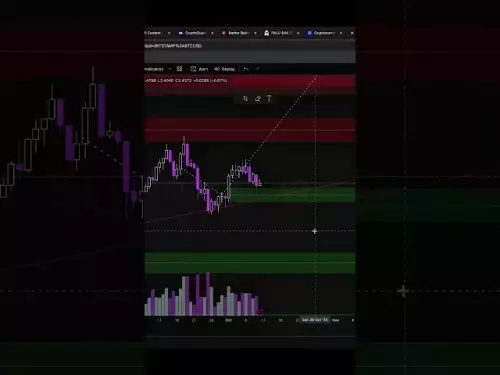-
 bitcoin
bitcoin $110311.910091 USD
1.97% -
 ethereum
ethereum $3964.172463 USD
0.34% -
 tether
tether $1.000288 USD
-0.05% -
 bnb
bnb $1098.563056 USD
-0.37% -
 xrp
xrp $2.479902 USD
4.31% -
 solana
solana $188.301025 USD
1.38% -
 usd-coin
usd-coin $0.999961 USD
0.01% -
 tron
tron $0.322477 USD
0.49% -
 dogecoin
dogecoin $0.199450 USD
2.51% -
 cardano
cardano $0.662393 USD
2.33% -
 hyperliquid
hyperliquid $37.947663 USD
1.71% -
 chainlink
chainlink $18.819081 USD
9.53% -
 ethena-usde
ethena-usde $0.999345 USD
-0.04% -
 stellar
stellar $0.323467 USD
2.06% -
 bitcoin-cash
bitcoin-cash $479.282126 USD
1.50%
Can the moving average long + CCI break through 100 to chase high?
The Moving Average long strategy combined with a CCI breakout above +100 can signal strong bullish momentum in crypto, but requires confirmation and risk management to avoid false signals.
Jun 16, 2025 at 09:21 pm
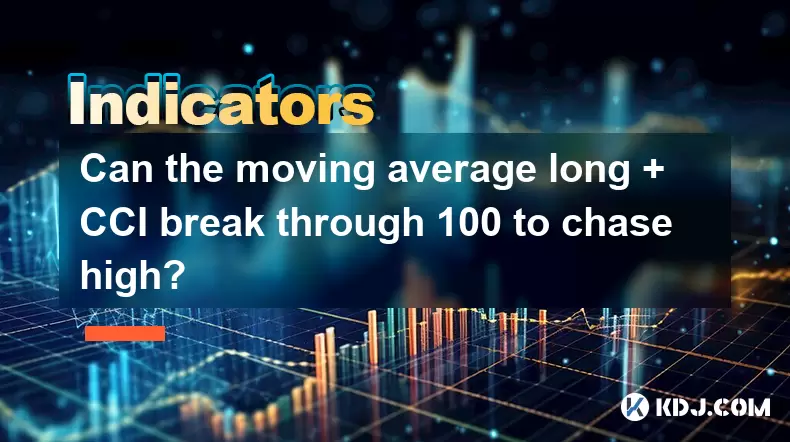
Understanding the Moving Average Long Strategy
The Moving Average (MA) long strategy is a popular technical analysis method used in cryptocurrency trading. It typically involves using longer timeframes such as the 50-day or 200-day moving average to identify trends. When the price of a cryptocurrency consistently trades above its long-term MA, it's often interpreted as a bullish signal. Traders use this approach to filter out short-term noise and focus on the broader trend direction.
One common setup includes waiting for a crossover where a shorter MA crosses above a longer MA, signaling potential upward momentum. However, when focusing purely on the long MA, traders look for sustained price action above that level to confirm strength. This strategy works best in trending markets and can help avoid false breakouts during consolidation phases.
Important: The effectiveness of the long MA depends heavily on market conditions and should be used in conjunction with other indicators.
What Is the Commodity Channel Index (CCI)?
The Commodity Channel Index (CCI) is a momentum oscillator used to identify overbought and oversold levels in financial markets, including cryptocurrency. The CCI typically oscillates between -100 and +100, but values beyond these thresholds are considered significant. A reading above +100 suggests strong upward momentum, while a value below -100 indicates strong downward pressure.
In crypto trading, the CCI helps traders assess whether a trend has room to continue or if a reversal might be imminent. When the CCI breaks above +100, it may indicate that the asset is entering a powerful uptrend phase. However, it’s crucial not to interpret this in isolation, as extended moves beyond +100 can persist in strong bull markets without immediate pullbacks.
- Overbought threshold: +100
- Oversold threshold: -100
- Extreme readings: Above +200 or below -200 may suggest exhaustion
Combining Moving Average Long With CCI Breakout
Using the moving average long strategy together with a CCI breakout above +100 creates a confluence of signals that some traders believe increases the probability of a successful trade. The idea is that if the price remains above the long MA and the CCI simultaneously breaks above +100, it confirms both trend strength and momentum.
This combination is particularly useful in filtering out false signals that either indicator could produce independently. For instance, a price staying above the 200-day MA may indicate a bullish trend, but the CCI breaking above +100 adds confirmation that momentum is accelerating, possibly leading to higher prices.
However, traders must remain cautious because:
- A breakout above +100 doesn’t guarantee continued gains
- Momentum indicators like CCI can give misleading signals in sideways markets
- Strong trends can sustain CCI readings well above +100 for extended periods
Can You Chase Highs Based on This Signal?
The question of whether one should chase highs based on a CCI breakout above +100 combined with a long MA is complex and depends on several factors. In fast-moving crypto markets, chasing a breakout can lead to substantial gains, but it also comes with increased risk due to volatility.
Some traders use this setup as a late-entry point into a strong trend. Others prefer to wait for a pullback before entering, fearing that buying at an all-time high may result in a sudden correction. Risk management becomes critical in such scenarios.
Factors to consider include:
- Market context: Is the overall market bullish or bearish?
- Volume: Has volume spiked along with the CCI breakout?
- Historical behavior: How has the asset reacted to similar setups in the past?
Backtesting and Practical Examples
To evaluate whether the moving average long + CCI > 100 strategy works effectively, backtesting historical data is essential. By analyzing past performance on assets like Bitcoin or Ethereum, traders can determine how often this confluence led to profitable trades.
For example, during the 2021 bull run, Bitcoin spent considerable time with CCI above +100 while maintaining price above the 200-day MA. Those who entered near those levels benefited from further upside. Conversely, during choppy consolidations, premature entries based on this signal resulted in losses.
Steps to perform a basic backtest:
- Select a crypto pair (e.g., BTC/USDT)
- Apply the 200-day MA and CCI(14) on a chart
- Identify instances where price was above MA and CCI broke above +100
- Record subsequent price movement over next 7–30 days
- Analyze win rate and average profit/loss
Frequently Asked Questions
Q: Does the CCI always revert after reaching +100?A: No, in strong uptrends, the CCI can stay above +100 for extended periods without reversing. Trend-following strategies benefit from this continuation rather than expecting an immediate pullback.
Q: Should I only rely on MA long and CCI for entry signals?A: While these tools offer valuable insights, they work best when combined with other forms of analysis, such as volume patterns, support/resistance levels, or macroeconomic factors affecting crypto markets.
Q: Can this strategy be applied to altcoins?A: Yes, many altcoins exhibit similar price behaviors to Bitcoin, especially during broad market rallies. However, lower liquidity and higher volatility may increase the frequency of false signals compared to major coins.
Q: What timeframes are best suited for this strategy?A: Longer timeframes like daily or weekly charts provide more reliable signals. Shorter timeframes may generate frequent CCI spikes above +100, increasing the likelihood of whipsaws and false breakouts.
Disclaimer:info@kdj.com
The information provided is not trading advice. kdj.com does not assume any responsibility for any investments made based on the information provided in this article. Cryptocurrencies are highly volatile and it is highly recommended that you invest with caution after thorough research!
If you believe that the content used on this website infringes your copyright, please contact us immediately (info@kdj.com) and we will delete it promptly.
- Crypto Coins: Ethereum, Solana, and the Rise of AI in 2025
- 2025-10-21 08:45:16
- TRON's Stablecoin Empire: Cross-Chain Expansion and Blockchain Innovations
- 2025-10-21 08:45:16
- Shiba Inu, AlphaPepe, Presale: The Meme Coin Evolution
- 2025-10-21 08:50:01
- Dogecoin, Whales, and Bullish Alternatives: What's the Deal?
- 2025-10-21 08:50:01
- Shohei Ohtani, World Series, and Baseball Fever: A Los Angeles Love Affair
- 2025-10-21 08:50:01
- Ethena's Expansion: New Products and Team Growth on the Horizon
- 2025-10-21 08:50:12
Related knowledge
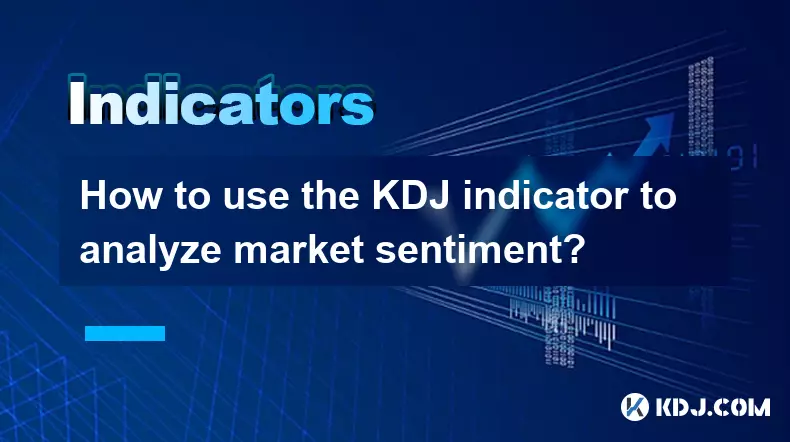
How to use the KDJ indicator to analyze market sentiment?
Oct 18,2025 at 07:18pm
Understanding the KDJ Indicator in Cryptocurrency Trading1. The KDJ indicator, also known as the Stochastic Oscillator, is a momentum-based technical ...
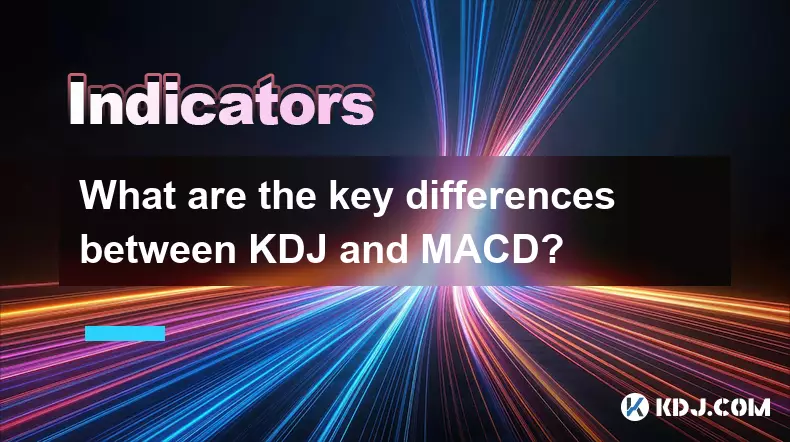
What are the key differences between KDJ and MACD?
Oct 18,2025 at 04:54am
KDJ Indicator: Core Mechanics and Usage1. The KDJ indicator is a momentum oscillator that combines the features of the Stochastic Oscillator with an a...
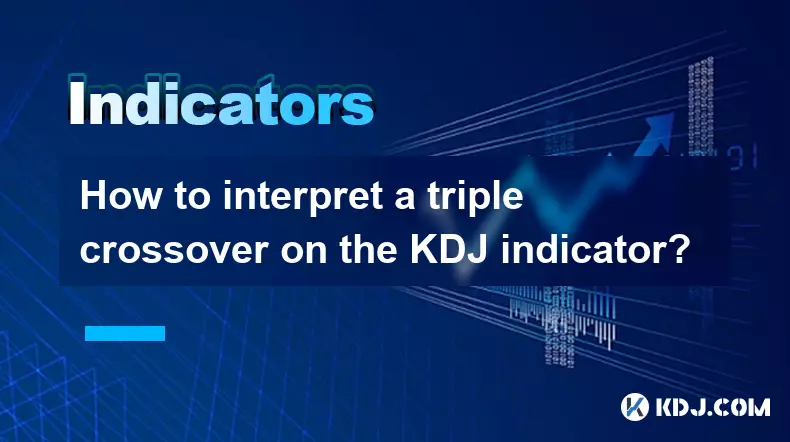
How to interpret a triple crossover on the KDJ indicator?
Oct 18,2025 at 01:54pm
Understanding the Triple Crossover in KDJ Indicator1. The KDJ indicator, a derivative of the Stochastic Oscillator, consists of three lines: K, D, and...

What's the best timeframe for the KDJ indicator?
Oct 20,2025 at 03:01pm
Understanding the KDJ Indicator in Crypto TradingThe KDJ indicator, an extension of the stochastic oscillator, is widely used in cryptocurrency tradin...
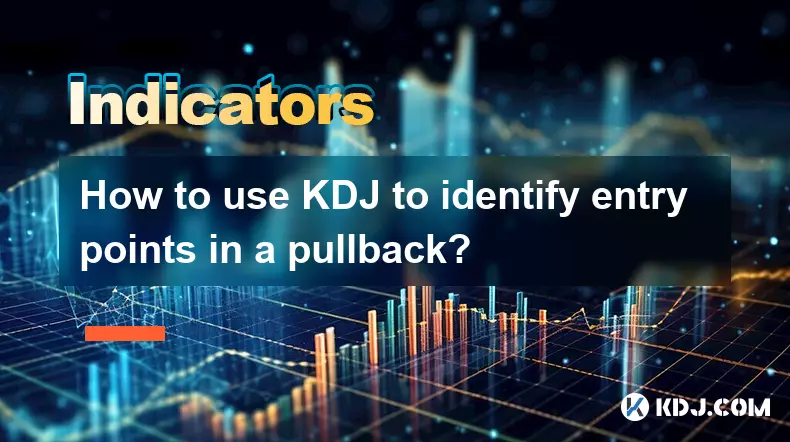
How to use KDJ to identify entry points in a pullback?
Oct 18,2025 at 09:36am
Understanding KDJ in the Context of Pullbacks1. The KDJ indicator, an extension of the stochastic oscillator, consists of three lines: %K, %D, and %J....
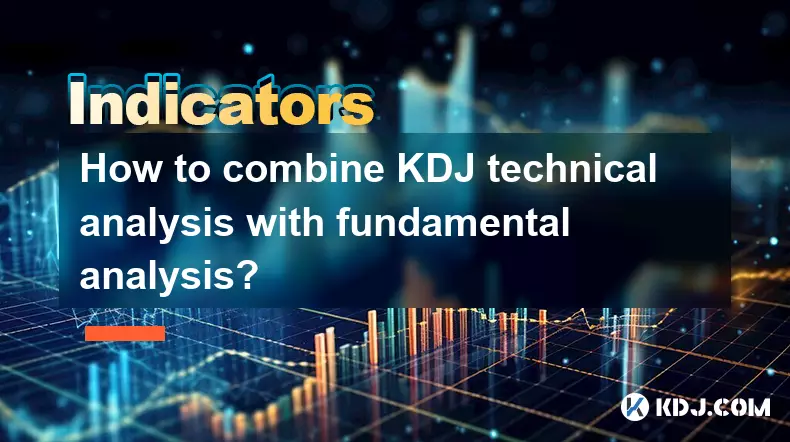
How to combine KDJ technical analysis with fundamental analysis?
Oct 20,2025 at 11:55pm
Understanding KDJ in the Context of Cryptocurrency Markets1. The KDJ indicator, originating from stochastic oscillator principles, is widely used in c...

How to use the KDJ indicator to analyze market sentiment?
Oct 18,2025 at 07:18pm
Understanding the KDJ Indicator in Cryptocurrency Trading1. The KDJ indicator, also known as the Stochastic Oscillator, is a momentum-based technical ...

What are the key differences between KDJ and MACD?
Oct 18,2025 at 04:54am
KDJ Indicator: Core Mechanics and Usage1. The KDJ indicator is a momentum oscillator that combines the features of the Stochastic Oscillator with an a...

How to interpret a triple crossover on the KDJ indicator?
Oct 18,2025 at 01:54pm
Understanding the Triple Crossover in KDJ Indicator1. The KDJ indicator, a derivative of the Stochastic Oscillator, consists of three lines: K, D, and...

What's the best timeframe for the KDJ indicator?
Oct 20,2025 at 03:01pm
Understanding the KDJ Indicator in Crypto TradingThe KDJ indicator, an extension of the stochastic oscillator, is widely used in cryptocurrency tradin...

How to use KDJ to identify entry points in a pullback?
Oct 18,2025 at 09:36am
Understanding KDJ in the Context of Pullbacks1. The KDJ indicator, an extension of the stochastic oscillator, consists of three lines: %K, %D, and %J....

How to combine KDJ technical analysis with fundamental analysis?
Oct 20,2025 at 11:55pm
Understanding KDJ in the Context of Cryptocurrency Markets1. The KDJ indicator, originating from stochastic oscillator principles, is widely used in c...
See all articles

























